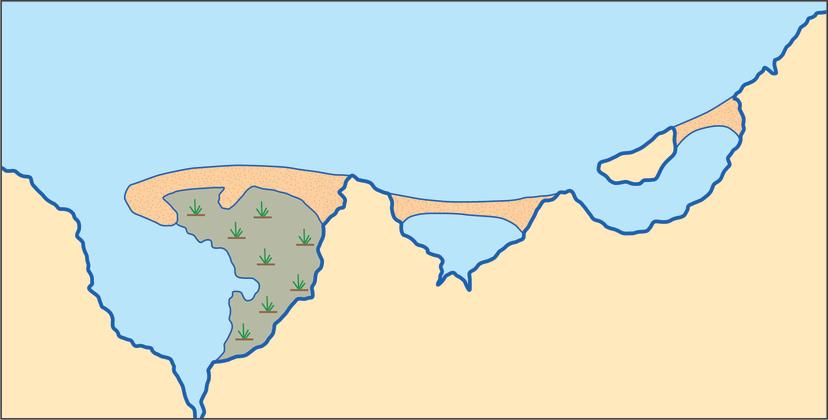Myths about teaching can hold you back
- Year 6
Coasts and the future
I can discuss the impacts of climate change on the coast and explain what we can do to protect it.
- Year 6
Coasts and the future
I can discuss the impacts of climate change on the coast and explain what we can do to protect it.
These resources will be removed by end of Summer Term 2025.
Switch to our new teaching resources now - designed by teachers and leading subject experts, and tested in classrooms.
These resources were created for remote use during the pandemic and are not designed for classroom teaching.
Lesson details
Key learning points
- Increased greenhouse gases in the atmosphere as a result of human activity are causing rapid climate change.
- Rapid climate change is a problem as people and animals can’t adapt quickly enough to change.
- Sea level rise is one change caused by increased temperatures as ice caps melt and water expands.
- Increased energy in the atmosphere and oceans increases the risk of extreme weather.
Keywords
Carbon dioxide - Carbon dioxide is one of the greenhouse gases in Earth's atmosphere that traps heat
Fossil fuels - Fossil fuels are natural substances that were formed over millions of years from the buried remains of ancient organisms; they include coal, oil and gas
Renewable energy - Renewable energy is sources of energy that can be re-used and will not be used up or run out
Sustainable - If something is sustainable it is able to continue over a long time
Atmosphere - The atmosphere is the layer of gases that surrounds Earth. It includes the oxygen we need to breathe, so it is essential for life on Earth
Common misconception
The melting of sea ice will contribute to rising sea levels.
There are some great videos of experiments used to demonstrate that only the melting of land ice (e.g. glaciers, ice sheets on Greenland and Antarctica) will exacerbate sea level rise.
To help you plan your year 6 geography lesson on: Coasts and the future, download all teaching resources for free and adapt to suit your pupils' needs...
To help you plan your year 6 geography lesson on: Coasts and the future, download all teaching resources for free and adapt to suit your pupils' needs.
The starter quiz will activate and check your pupils' prior knowledge, with versions available both with and without answers in PDF format.
We use learning cycles to break down learning into key concepts or ideas linked to the learning outcome. Each learning cycle features explanations with checks for understanding and practice tasks with feedback. All of this is found in our slide decks, ready for you to download and edit. The practice tasks are also available as printable worksheets and some lessons have additional materials with extra material you might need for teaching the lesson.
The assessment exit quiz will test your pupils' understanding of the key learning points.
Our video is a tool for planning, showing how other teachers might teach the lesson, offering helpful tips, modelled explanations and inspiration for your own delivery in the classroom. Plus, you can set it as homework or revision for pupils and keep their learning on track by sharing an online pupil version of this lesson.
Explore more key stage 2 geography lessons from the Coasts: what happens where the land meets the sea? unit, dive into the full primary geography curriculum, or learn more about lesson planning.

Content guidance
- Depiction or discussion of violence or suffering
Supervision
Adult supervision required
Licence
Prior knowledge starter quiz
6 Questions
Q1....refers to anything to do with human activity at sea.
Q2.The is the area where the land meets the sea or ocean.
Q3.When powerful hit the shore they cause erosion by breaking apart rocks and making cliffs collapse.
Q4.Match the depositional feature to its definition.
formed when a spit grows across a bay joining two headlands
when waves enter a sheltered bay they lose energy and deposit sediment
when a bar cuts off the water behind from the open sea
Q5. will often form behind a spit.



